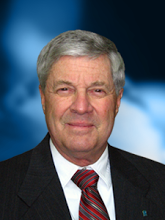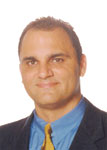Thought Leadership

OSHA’s electronic injury/illness recordkeeping data regulation,
or OSHA adopts Saul Alinsky’s “Twelve Rules for Radicals”
November 21, 2013
Never miss the latest news and trends driving the safety industry
eNewsletter | Website | eMagazine
JOIN TODAYCopyright ©2024. All Rights Reserved BNP Media.
Design, CMS, Hosting & Web Development :: ePublishing







Recent Comments
In addition to the personal hardship and loss...
No one will know the answer to this...
Bad drivers don't have to ruin your day...
Healthcare workers face a number of serious safety...
In my experience, truck drivers are treated with...